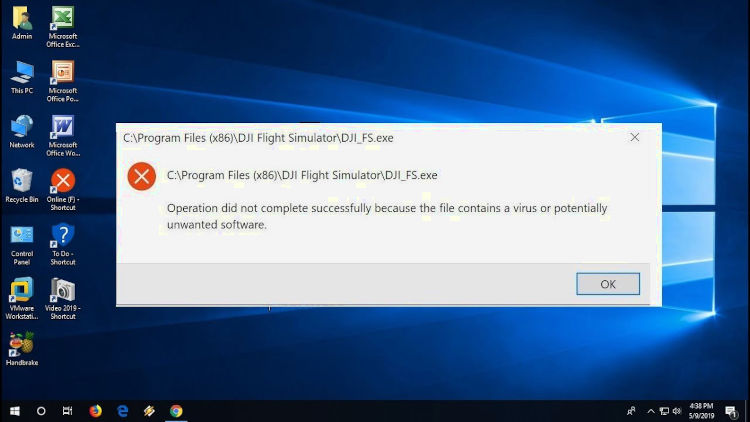Since the release of Windows 11, there have been reports about warning notices that pop up which say “This pc can’t run Windows 11” which has stopped many Windows users from updating to Windows 11 or switching operating systems to Windows 11.
Why Do I Get The Error “This PC Cant Run Windows 11”
There can be a few reasons why your PC can’t run windows 11 from not meeting the minimum requirements to BIOS settings and incorrect setup of your PC.
1. Your Hardware Is Old And Doesn’t Meet The Minimum Requirements
If your PC is older then it’s likely your hardware can be low spec and doesn’t have the performance needed for Windows 11 to be set up and installed on your PC.
It can also be your hardware is on the old side and not compatible with Windows 11 drivers etc.
You can see Windows 11 Minimum Requirements to make sure your PC or laptop is meeting the minimum requirements needed.
2 TPM/PTT Is Not Enabled Inside Your BIOS Settings
This is likely going to be the number one cause for getting the “this PC can’t run windows 11” problem.
Since Windows 11 was released it uses TPM2.0 and secure boot which sometimes by default can be disabled in your BIOS.
What Is Secure Boot And TPM?
Secure boot is a feature that is built into your BOIS system that when turned on it will only load signed operating systems to start which helps protect you against malware.
Secure boot is also known as UEFI which stands for Unified Extensible Firmware Interface.
TPM is a chip in all the latest laptops and PC that helps with security by using data encyption.
If your PC or laptop is built after the year 2016 your PC will likely include the special TPM (Trusted Platform Module) chip inside of it.
Microsoft decided with Windows 11 that needing Secure boot and TPM is necessary to install the Windows 11 operating system and has far greater security measures in place as opposed to the previous Windows versions.
How To Activate Secure Boot And TPM In Your BIOS Settings
If your PC is manufactured after 2016 you will most likely have the TPM2.0 chip which can work hand in hand with the secure boot feature.
We will cover how to enable both TPM and secure boot below, but be aware your BIOS may be different and you may need to check your motherboard user manual if the below doesn’t match up with your Bios system.
How To Enable Secure Boot And TPM In Windows 11<h3>
- Save any data then close all applications on your PC.
- Power off your PC.
- Turn on your PC but keep pressing the F2 as soon as the PC starts to turn on.
- (This is where your BIOS could be different you may need to press either F8, F10, F12, or DEL keys on the keyboard)
- When you get into your BIOS system use the arrow keys on your keyboard and go to the Boot section.
- Choose Legacy.
- Now select UEFI from the dropdown menu and press Enter.
- Now head into the Security section of your BIOS.
- Choose Secure Boot and press Enter on it to Enable this setting.
- Select the Trusted Platform Technology option and press enter to enable this. On some PCs, this can be called (Intel Platform Trust Technology (PTT)
- Once enabled all 3 settings above you can press F10 or whichever is the save and exit key which will reboot your Windows PC.
Now your PC will be all primed and ready to install Windows 11 as long as you also meet the minimum requirements needed for Windows 11.
Conclusion
We have covered in this article how to fix the “This PC can’t run windows 11” issue and explained what secure boot and TPM (UEFI) are.








Leave a Reply